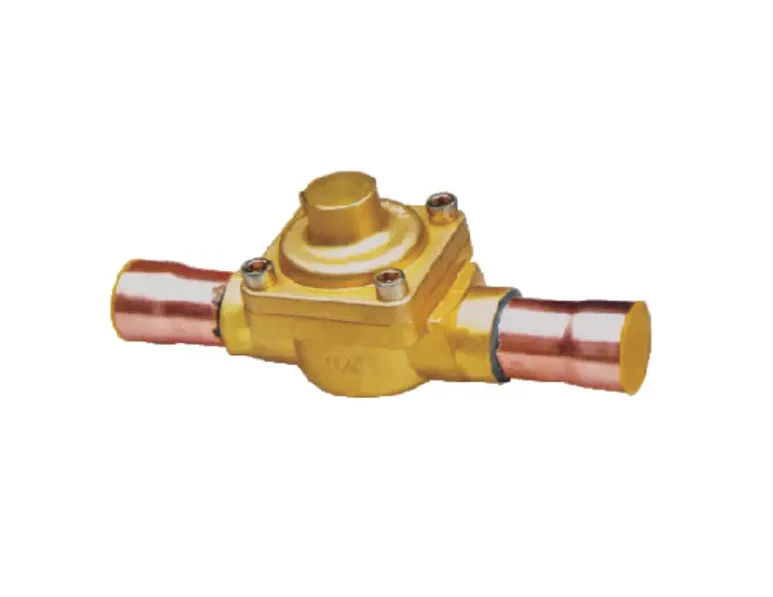A one-way stop valve is a mechanical device designed to manage directional fluid flow. By permitting movement in only one direction, it offers protection to pipelines, machinery, and other system components. This function is essential in systems where reverse flow can cause operational or structural issues.
The mechanism inside a one-way stop valve is usually spring-loaded, allowing the valve to open when pressure builds on the inlet side and close when pressure reverses. This action helps maintain consistent flow direction and prevents contamination or unintended backpressure. Unlike manual valves, this one operates automatically based on internal pressure conditions.
In plumbing applications, this type of valve is often used near pumps or downstream of control valves. It prevents water hammer and backflow, which can damage sensitive fixtures or disrupt flow regulation. Similarly, in HVAC systems, the valve helps maintain steady pressure and stops fluid from moving backward when equipment cycles on and off.
From a manufacturing perspective, the valve body is typically cast or machined from materials suited to the type of fluid being handled. Stainless steel is common for systems exposed to corrosive agents, while brass may be selected for general water supply lines. The seat and sealing elements are engineered for durability under pressure variations.
Installation orientation is critical for a one-way stop valve. Arrows on the valve body often indicate the correct flow direction. If installed backwards, the valve will remain closed, blocking intended flow. Regular maintenance involves inspecting for mineral buildup, corrosion, or mechanical wear, especially in high-use environments.
As a component, the one-way stop valve enhances control in closed-loop and open-loop systems. It plays a passive yet impactful role in managing flow, reducing risk, and supporting system efficiency. While its design may appear straightforward, its reliability makes it a valued asset in many engineered solutions.





